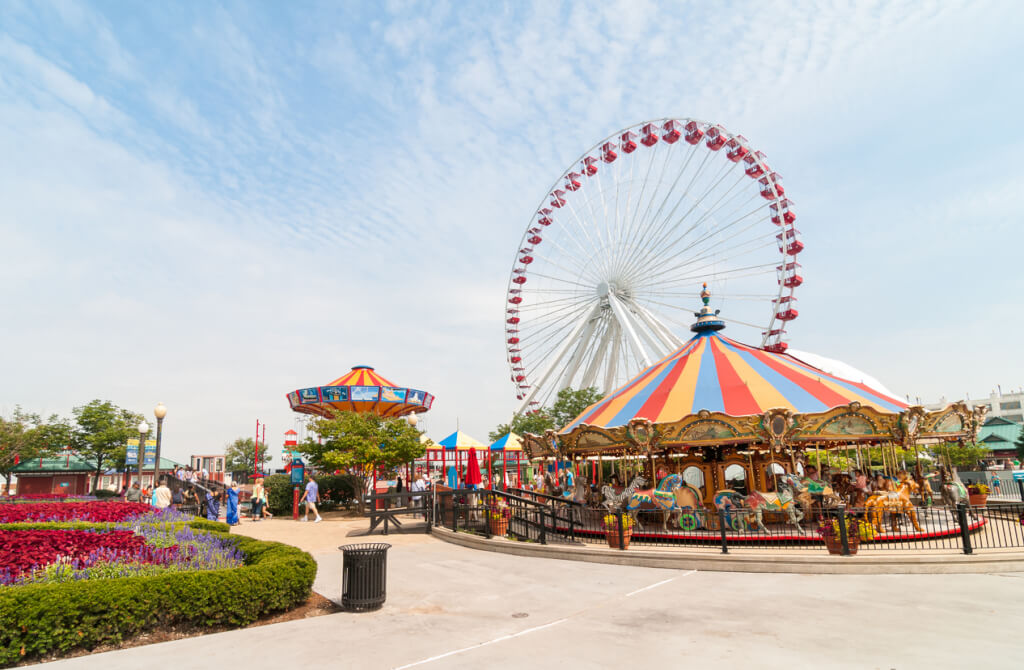'Iron Triangle': what is the disadvantaged area of New York, where tourists should not go
'22.07.2022'
Nadezhda Verbitskaya
As in any metropolis, New York has both prestigious areas and places that citizens are advised not to meddle in. 50 shades of New York shared their impressions of a kind of bad boy - the Willets Point area, which is called the "iron triangle".
In the heart of Queens is one of the most curious and untamed areas of New York - a labyrinth of squalid streets. Flimsy car repair shops lined up along them.
Mechanics dig deep under the hoods of cars, and merchants flood drivers with offers of quick and cheap repairs. Pneumatic tools screech over the jokes of Spanish-speaking mechanics. The pungent odor of epoxy wafts from auto repair shops and mingles with the savory odors of Latin American food carts that cruise muddy, puddle-covered roads.
“There is no place like it anywhere else,” said Rahat Khan, whose repair shop is in Willets Point. “This is the heart of New York auto repair.”
The area is a vital source of jobs. Especially for beginners who lack English language skills, proper documentation and certification as an auto mechanic.
Willets Point has been home to auto repair shops since at least the 1930s and has long played a slave role in the city.
A century ago it was a coal ash dump. It was immortalized as the Valley of Ashes in the novel The Great Gatsby by F. Scott Fitzgerald.
In the 1960s, business owners hired a young Queens lawyer named Mario M. Cuomo. This happened a few years before he became Governor of New York to stop development.
Walking along Willets Point today means looking at a past, more severe New York. Having missed decades of modernization, the area remains a rare exception in New York City's growing wave of luxury development.
“Once I looked into the“ triangle ”- curiosity triggered by the stories of former compatriots. At first it seemed that she stepped onto her native Samara soil: puddles that had not dried out after the rain sparkled under her feet. By the way, there was almost no asphalt on the roads, some remnants broken by heavy cars,” says an immigrant from Russia.
The streets, many of which are unpaved, lack sidewalks, sewers, and storm water. They are pitted with potholes and littered with garbage, discarded cars and auto parts.
Excursion to the city outback usually leaves an unpleasant aftertaste
It's hard to believe, but the landfill is a stone's throw from a prestigious stadium where sports matches are broadcast. The quarter is full of illegal migrants and outcasts living in dilapidated houses without water and sewerage. Their sources of income are unknown. But there are rumors that stolen cars end up here.
They also say that the police are in no hurry to interfere in the life of a dysfunctional area. Perhaps the concentration of crime no longer gives hope to change anything, or the road map of the city authorities is slightly different.
Several streets have already been improved through the efforts of the city administration. They were bought from the landlords, due to the inaction of which the "iron triangle" finally fell into decay. It is possible that the rest of the territory will also pass to the city, and then the ruins and neglect will be finished.
On the subject: Honestly and without embellishment: the pros and cons of living in New York
New York is the capital of contrasts. Prosperous and neglected areas are sometimes located in the neighborhood. And sometimes even on opposite sides of the same street.
They can hardly be confused: mountains of uncollected garbage, peeling facades and the general appearance of the slums testify to a whole range of intractable problems. And prosperous quarters are a beautiful picture: mansions with well-thought-out architecture, well-groomed and serene appearance of residents.
To settle in such a place, you need a high income even by American standards. The cost of a small mansion varies from one to two million dollars. Townhouses and apartments in high-rise buildings are not much cheaper. But the owner immediately begins to enjoy the safety and comfort of this haven for the elite.







